If your rosemary looks more like a bundle of brittle sticks than a lush green cloud, you’re not alone. Growing rosemary should feel like a victory lap, not a lesson in heartbreak. Yet so many gardeners end up with straggly stems and woody, stubborn plants that seem more dead than alive. The good news? It doesn’t have to be this way. With just a few smart moves, you can turn your rosemary into the full, fragrant powerhouse it was born to be—no crunchy twigs in sight. Get ready to ditch the disappointment. These 12 tips are the real secret to growing rosemary that’s dense, bushy, and bursting with life.
Choose the Right Variety
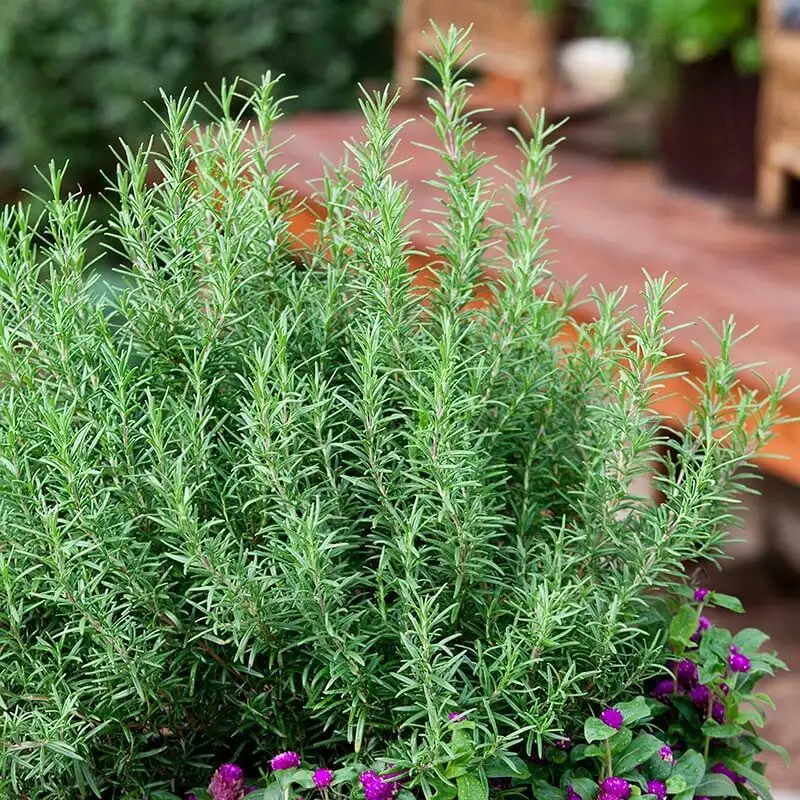
Selecting the perfect rosemary variety is your first step towards success. Some varieties are naturally more prone to becoming woody, while others are bred for lush growth. Look for varieties like ‘Tuscan Blue’ or ‘Blue Boy’, known for their dense foliage and minimal woodiness.
These types are not only beautiful but also pack a punch in the flavor department. Explore your local nursery or garden center for expert advice on what suits your climate best. Choosing wisely sets the foundation for a thriving plant.
Plant in Well-Draining Soil
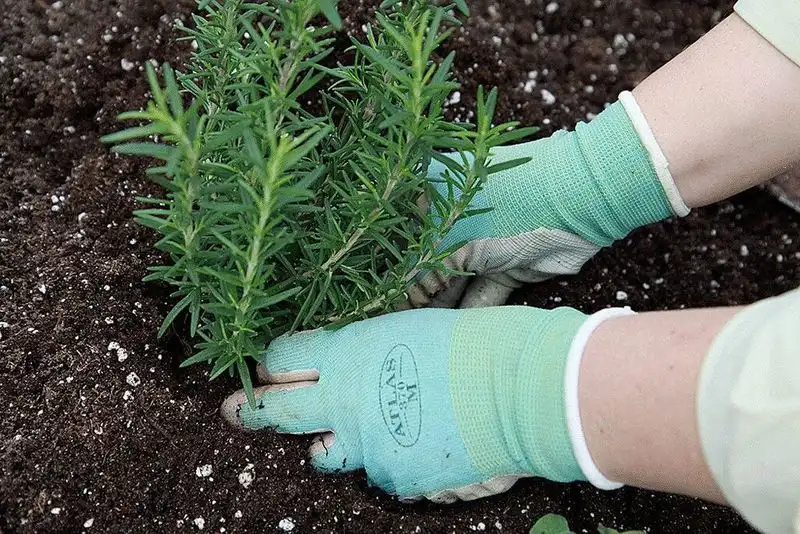
Rosemary’s love affair with well-draining soil is no secret. The roots despise sitting in water, as it leads to root rot and woody stems. Ensure your soil mix includes sand or perlite to facilitate drainage.
Adding organic matter can improve texture and provide essential nutrients. A raised bed or container can also help control the drainage. Prioritize this aspect, and your rosemary will thank you with healthier growth and fewer woody branches.
Maintain Regular Pruning
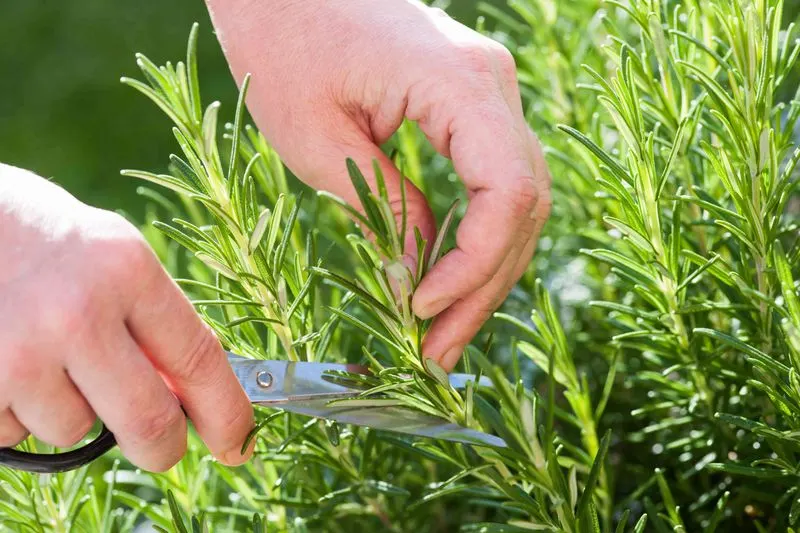
Routine pruning is rosemary’s best friend. By regularly trimming the tips, you encourage bushier growth and prevent the plant from extending its branches into woody territory. Use sharp, clean shears to make cuts just above a set of leaves.
This process not only enhances the plant’s shape but also stimulates new growth. It’s a win-win for both appearance and health. Prune frequently, especially during the growing season, and you’ll maintain a vibrant, lush rosemary plant.
Ensure Adequate Sunlight

Rosemary thrives in sunny spots. Aim for at least six to eight hours of sunlight daily. This herb relishes the warmth and light, helping it grow full and bushy without succumbing to woody stems.
If you’re growing indoors, position the plant near a south-facing window or consider using grow lights to supplement natural sunlight. This ensures your rosemary gets the energy it needs to flourish, keeping woodiness at bay.
Water Wisely
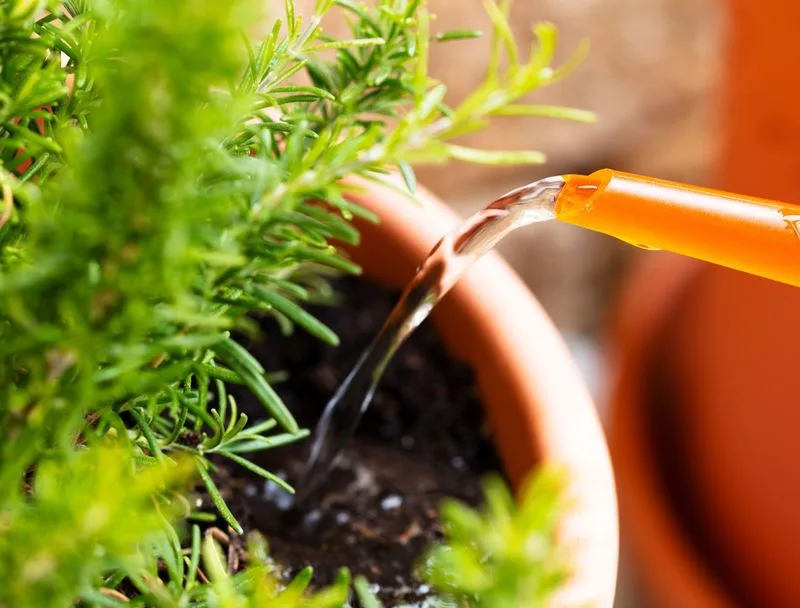
Watering rosemary requires a delicate balance. Overwatering can lead to root rot, while underwatering may stress the plant, causing it to become woody. Aim to water deeply but infrequently, allowing the top inch of soil to dry between waterings.
A well-hydrated plant will exhibit lush, green foliage. Adjust your watering schedule based on the season and environment, ensuring your rosemary stays healthy and vibrant all year round.
Control Temperature and Humidity
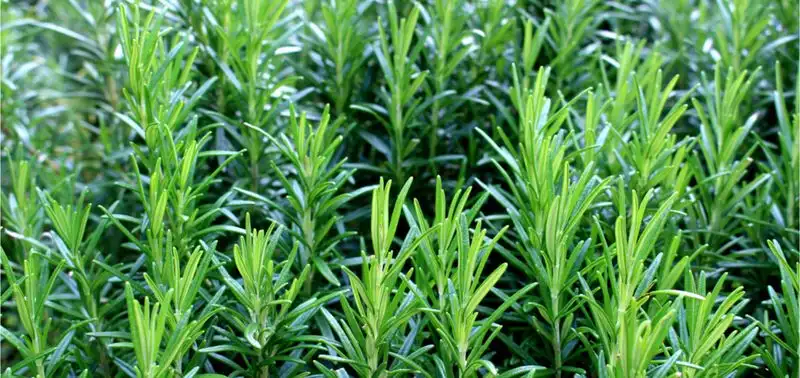
Rosemary prefers a Mediterranean climate, with moderate temperatures and low humidity. Extreme conditions can stress the plant, causing woody growth. Keep the temperature between 60°F and 75°F, and avoid overly humid environments.
If indoor humidity is high, consider using a dehumidifier or placing the plant in a well-ventilated area. Proper climate control can make all the difference in keeping your rosemary thriving and bushy.
Fertilize with Care
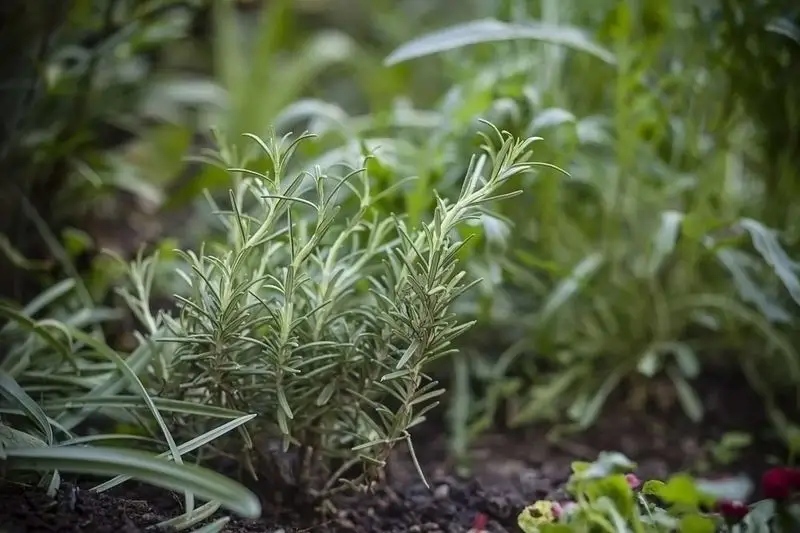
Feeding rosemary requires a gentle touch. Over-fertilization can lead to lush foliage that’s vulnerable to pests and woody growth. Opt for a balanced, organic fertilizer applied sparingly during the growing season.
This provides essential nutrients without overwhelming the plant. Monitor the growth and adjust feeding based on the plant’s response. A well-fed rosemary plant will be healthy and robust, resisting the tendency to become woody.
Space Plants Appropriately
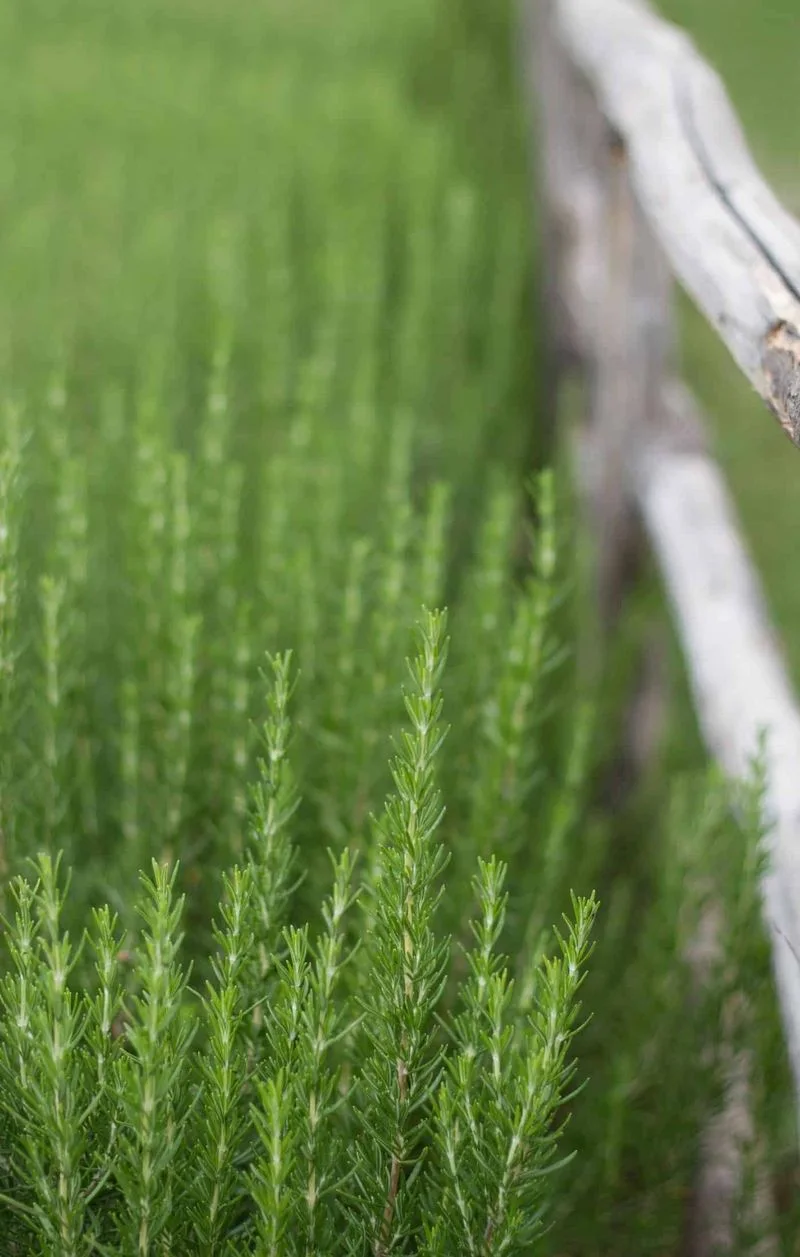
Proper spacing is key to preventing woodiness in rosemary. Crowded plants compete for resources, leading to leggy, woody growth. Maintain at least two to three feet between plants to allow adequate air circulation.
This spacing encourages healthy development and reduces the risk of fungal diseases. A well-planned garden layout contributes to a lush, vibrant rosemary plant that remains bushy and beautiful.
Protect from Frost
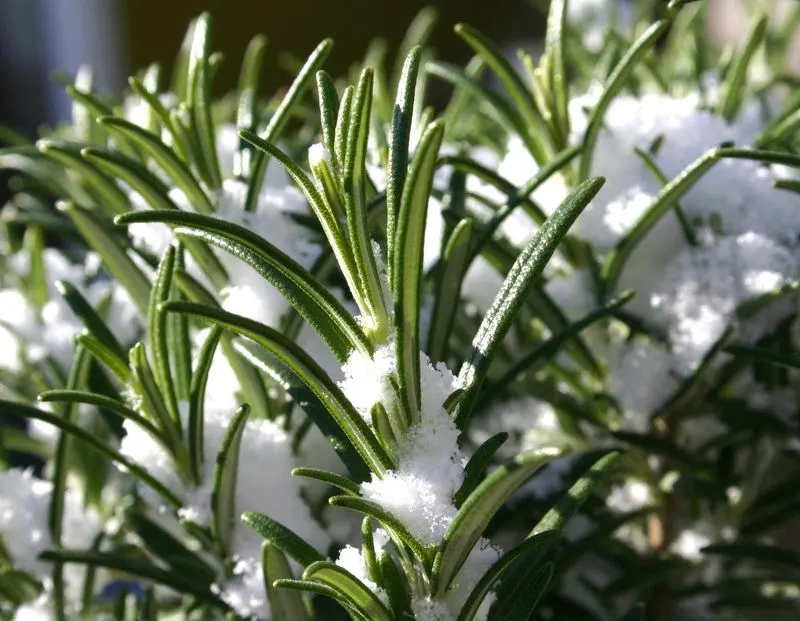
Frost is rosemary’s adversary, as it can damage the plant and encourage woody stems. In colder climates, protect your rosemary with frost cloths or bring potted plants indoors during freezing temperatures.
This preventive measure ensures that your plant stays healthy through winter, ready to burst with new growth come spring. Planning ahead for seasonal changes keeps your rosemary thriving and lush.
Avoid Overcrowding in Pots
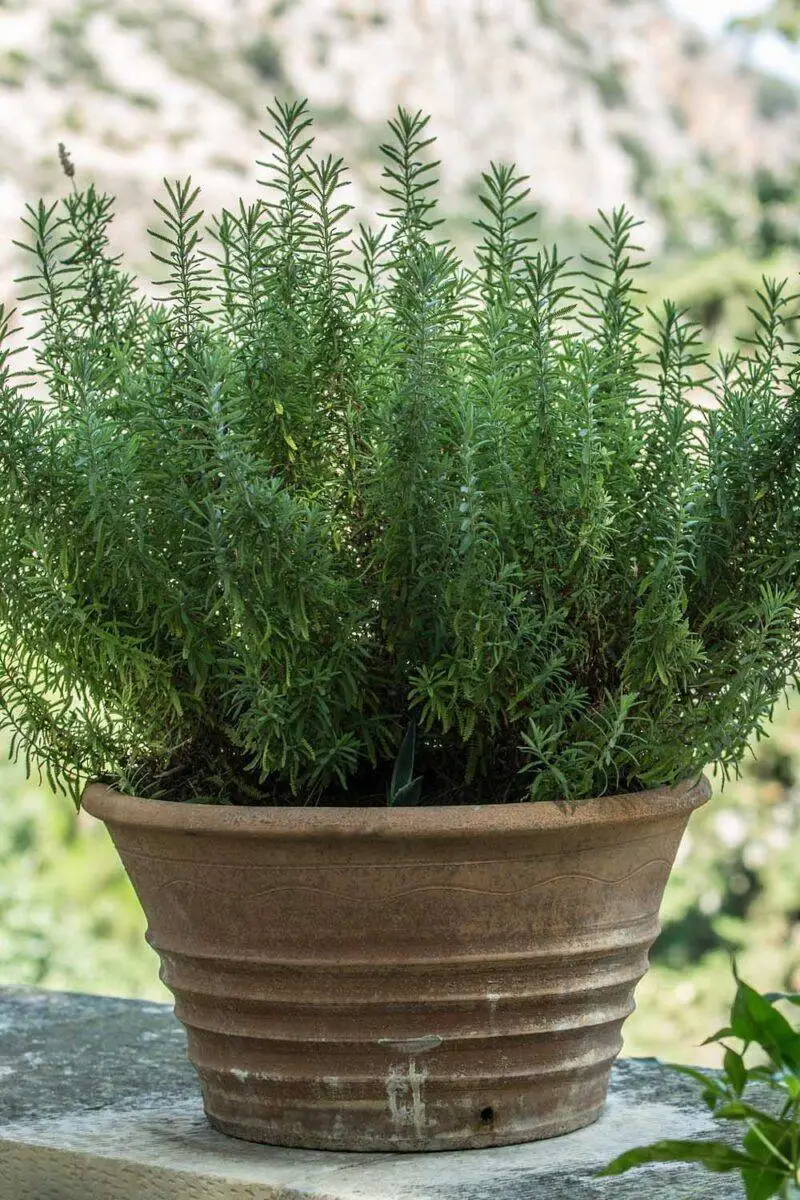
When growing rosemary in containers, space is crucial. A crowded pot limits root development, often leading to woody stems. Choose a pot with ample room for growth, ensuring good drainage and nutrient access.
Repot when necessary to accommodate growth, giving your rosemary the space it needs to thrive. Adequate room prevents woodiness and supports a healthy, flourishing plant.
Rotate Plants Periodically
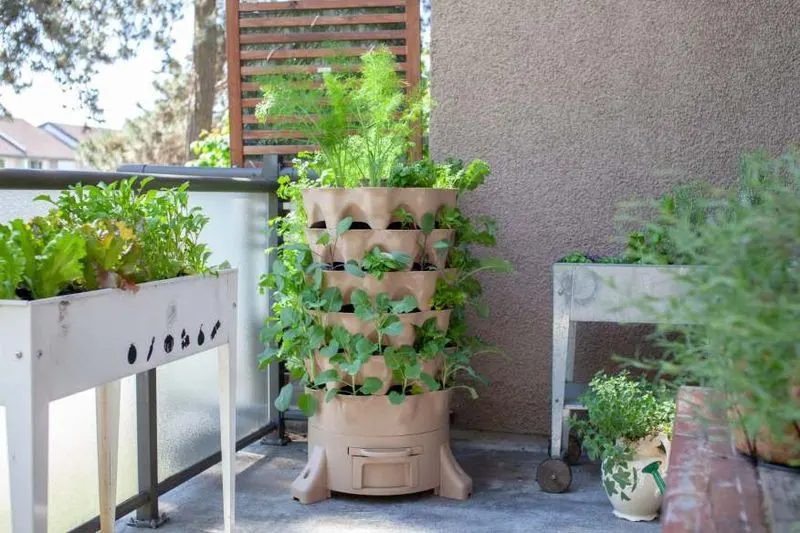
Periodically rotating your rosemary plant ensures even growth. When one side consistently faces the light, it may grow unevenly, leading to woody sections.
By giving each side equal exposure, you promote balanced, bushy growth. This simple practice can make a significant difference, keeping your rosemary vibrant and symmetrical.
Choose Companion Plants Wisely
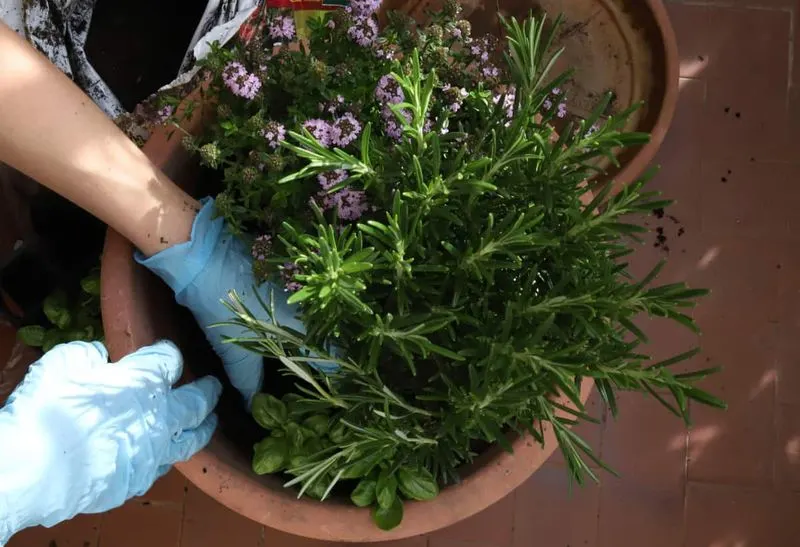
Companion planting can benefit rosemary’s growth. Plant it alongside herbs like thyme or sage, which thrive under similar conditions. This not only enhances growth but also deters pests naturally.
Choosing the right companions can create a harmonious garden ecosystem, where each plant supports the others. Your rosemary will flourish in such an environment, maintaining its lush, bushy appearance.

